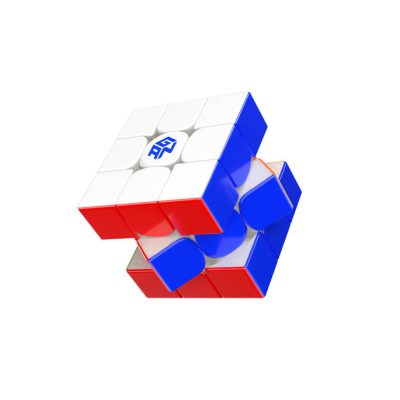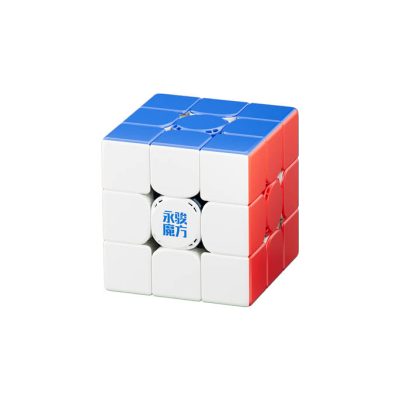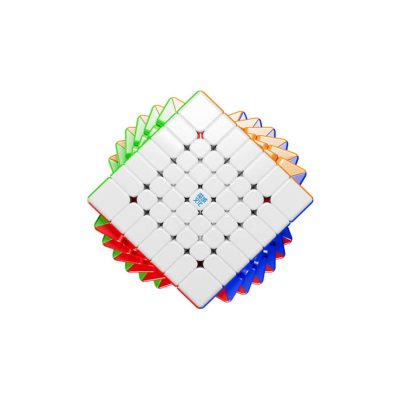-
 Dave Vinke
Dave Vinke
- Leestijd: 5 min
- Laatst geüpdatet: 27/08/2025
A well-organized model building workspace begins with planning adequate space, systematically storing materials, and creating a comfortable work area. You need at least a tabletop measuring 80×60 cm, good lighting, and convenient storage systems for tools and materials. With smart organization, you can work efficiently on your model building projects even in small spaces.
How much space do you actually need for model building?
For model building, you actually need less space than you might think. A tabletop measuring 80×60 centimeters is sufficient for most projects, from small airplanes to larger scale models. The most important thing is having enough room to move so you can rotate your model and view it from different angles.
You can perfectly set up a functional workspace in a corner of your living room, bedroom, or attic. A folding table works excellently if your space is limited. Make sure you have at least 40 centimeters of free space around your work surface so you can move comfortably without bumping into things.
For large projects like scale models of trains or aircraft, you can temporarily use a dining table. Just lay down a protective mat and ensure you can easily put away all materials when you take a break. The secret isn’t in the size of your space, but in how cleverly you organize it.
How do you best organize your tools and materials?
Sort your model building materials by type and frequency of use. Store paint together, keep glue separate from sharp tools, and keep small parts in transparent containers. A good storage system prevents searching and keeps your workspace organized during building.
Toolboxes with removable compartments work perfectly for brushes, files, and cutting tools. You can easily take everything with you and have immediate overview of what you have. For paint, rotating carousels are handy, so you can quickly find the right color without having to move bottles.
Wall storage makes optimal use of vertical space. Hang pegboards where you can hang tools, or use magnetic strips for metal tools. Small drawer units with transparent drawers are ideal for screws, wheels, and other small parts that otherwise get lost easily.
Label everything clearly, especially containers with small parts. Use a label maker or write with waterproof marker on tape. This saves you a lot of time during building and prevents frustration when you’re halfway through a project.
What are the most important elements of a good model building workspace?
Good lighting, proper working height, and adequate ventilation are the three pillars of a comfortable model building workspace. Your work surface should be at elbow height (approximately 75-80 cm for most people), with bright lighting that doesn’t cast shadows on your project.
Invest in a daylight lamp of at least 1000 lumens that you can direct. LED strips under a wall cabinet provide shadow-free lighting across your entire work surface. Avoid relying only on ceiling lighting, as you’ll constantly be working in your own shadow.
For ventilation, a small desk fan is often sufficient to blow away glue fumes and paint odors. Position it so the airflow blows away from you, not toward you. If you work a lot with spray, consider a small exhaust fan by the window.
Choose a work surface with a smooth, light surface that you can easily cut on. A cutting mat protects your table and gives you a professional work surface. A rotating base for your model prevents you from constantly having to get up to reach all sides.
How do you keep your workspace tidy during building?
Clean up after each building session and put everything back in its designated place. Use small containers for waste and clippings while working, and keep a damp cloth handy for immediately cleaning up spills. This routine prevents clutter from accumulating.
If you’re working on multiple projects simultaneously, use separate storage containers per project. Label these containers with the model name and store all associated parts, instructions, and tools in them. This way you can quickly switch between projects without mixing everything up.
Make a daily routine of five minutes of cleaning up before you stop building. Close paint jars properly, rinse brushes, and wipe your work surface clean. This prevents paint from drying out, brushes from getting ruined, and having to start with cleaning next time.
Store work-in-progress models on a separate shelf or in a display case where they stay dust-free. Use transparent plastic boxes for fragile parts that aren’t glued yet. A tidy workspace motivates you to build more often and makes the hobby much more enjoyable.
Where can you find quality model building products for your workspace?
For a complete model building workspace, you need basic tools, storage systems, good lighting, and of course the models themselves. Specialized webshops often offer better product quality and advice than general stores, plus you benefit from discounts on larger orders.
We at Speedcube have an extensive range of model building products that you can start with right away. From beginner-friendly sets to advanced models for experienced builders. Our advantage is that we understand what hobbyists need and select our products accordingly.
The great thing about ordering from a specialist is that you automatically get discounts on multiple items. Check our discount rules to see how you can save on your complete workspace setup. We offer same-day shipping until 23:30, so you can quickly start with your new project.
Start with a basic tool set and gradually expand your collection. First buy quality models that you really want to build, then the corresponding tools. This way you avoid unnecessary purchases and build a workspace that perfectly matches your building style.
Frequently Asked Questions
How do I prevent my workspace from filling up with half-finished projects?
Set a maximum number of active projects (for example 2-3) and complete a project fully before starting a new one. Use a project log to track progress and schedule fixed building sessions. If you still want multiple projects, reserve separate workspaces or rotating shelves per project.
What mistakes do beginners often make when setting up their first workspace?
The most common mistakes are: insufficient lighting (making details hard to see), no fixed place for tools (leading to searching), and buying too many things at once without knowing what you really need. Start small and gradually expand your workspace based on experience.
Can I share my model building workspace with other hobbies like drawing or puzzling?
Yes, that works fine! Use modular storage systems and movable tool boxes so you can quickly switch between activities. Do use a protective mat during model building to protect your work surface from glue and paint. A storage cart on wheels helps with quick switching.
How do I deal with the smell of glue and paint in a small space?
Always ensure good ventilation by opening a window or using a small fan. Work with water-based paints where possible, and store glue and solvents in closed containers. Consider a small air purifier for regular use, and take breaks in fresh air during longer building sessions.
What do I do if my partner/housemates complain about the mess from my hobby?
Communicate about fixed building times and space usage, and invest in a storage cabinet or mobile workspace that you can completely hide away. Show respect by always cleaning up after use and not exceeding agreed spaces. A neat, organized hobby setup often gets more understanding than a chaotic workspace.
How do I maintain my tools and workspace for the long term?
Clean brushes immediately after use, lubricate moving parts of tools monthly, and replace cutting blades regularly for safety. Check your lighting for reduced brightness and replace LED lamps timely. Dust your workspace weekly and check storage systems for wear.
Is it worth investing in expensive professional tools as a beginner?
Start with quality basic tools in the middle class and gradually upgrade to professional tools as you gain experience. First invest in good lighting, a solid cutting mat, and reliable basic tools. Expensive specialized tools are better bought when you're sure you'll use them regularly.
Table of contents
Much viewed
More blogs
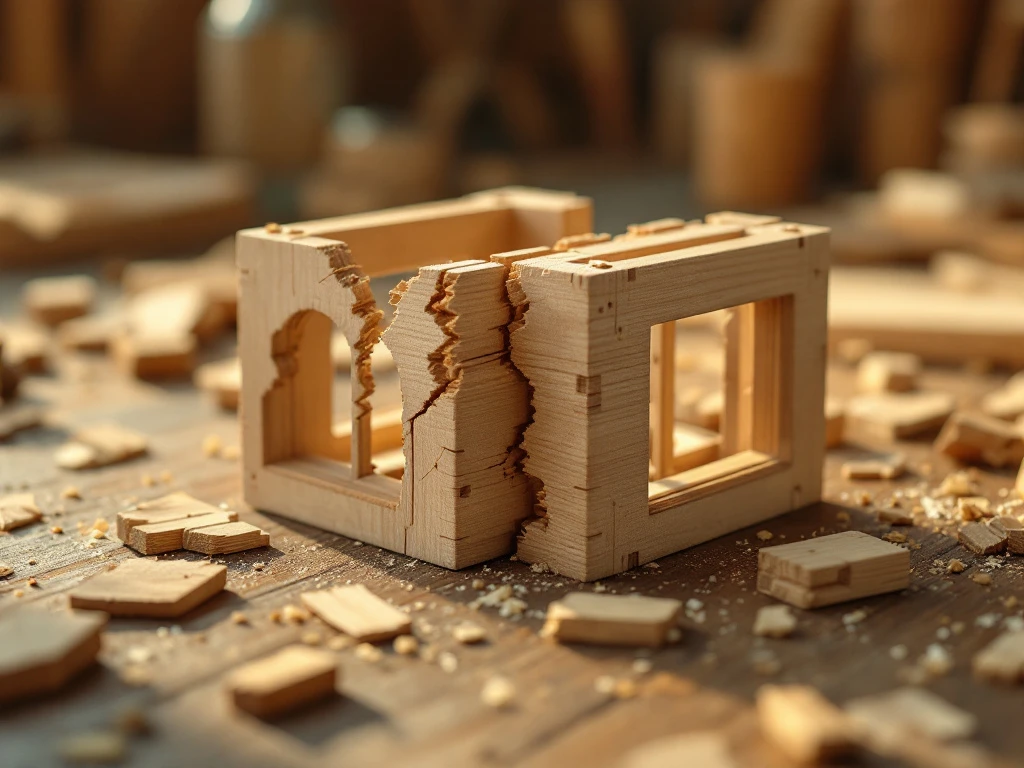
Can wooden building kits break?
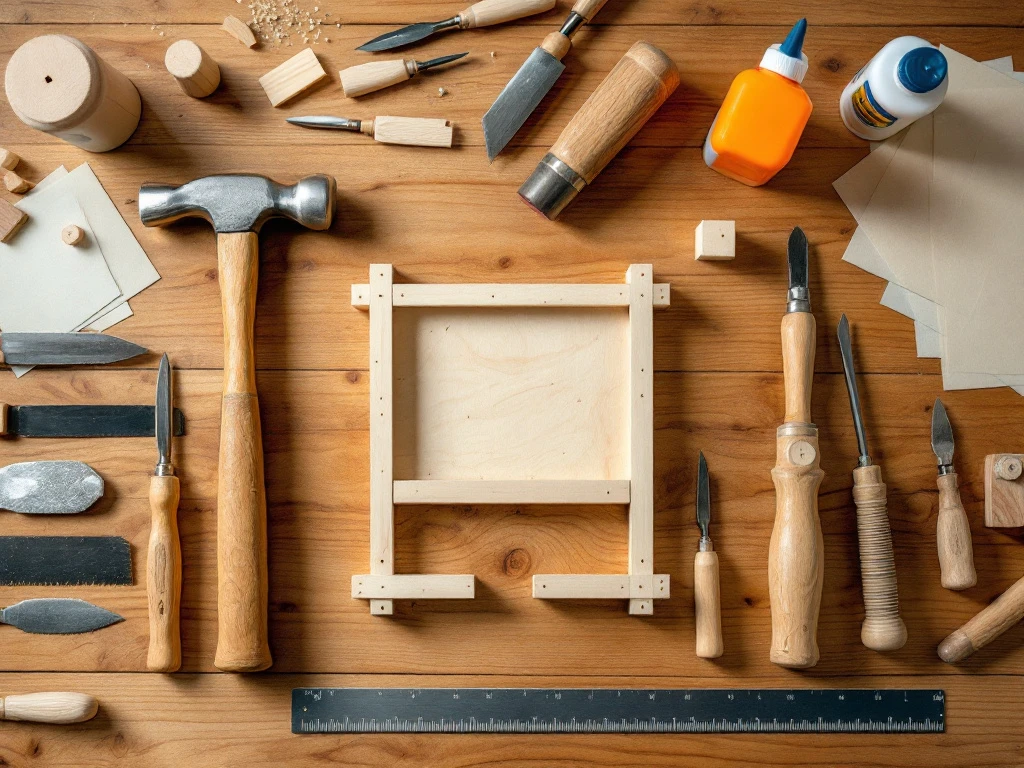
What tools are needed for wooden construction kits?
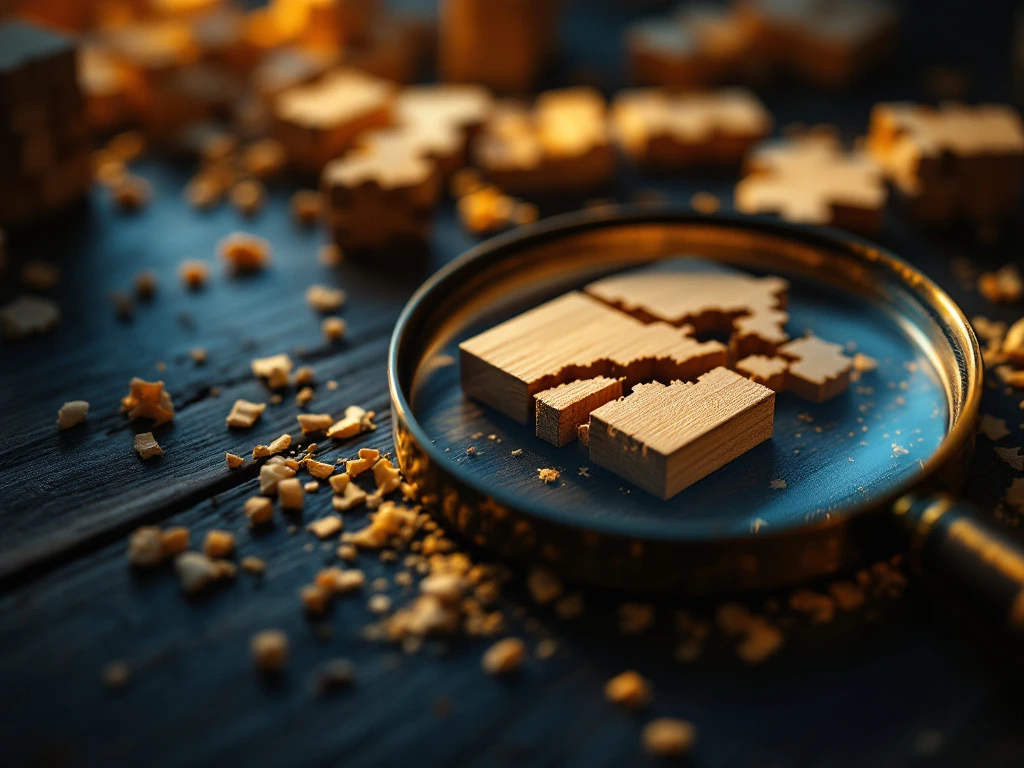
What are the risks of wooden building kits?

